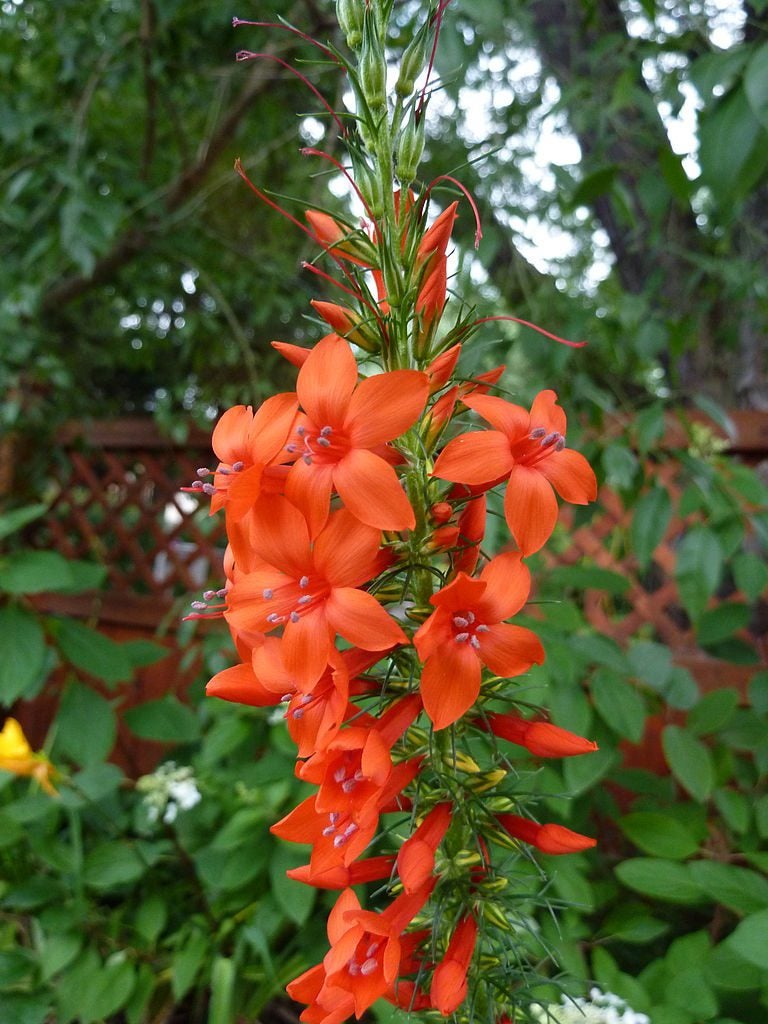Growing Standing Cypress: Information About Standing Cypress Plants


Native to the southeastern United States, standing cypress wildflower (Ipomopsis rubra) is a tall, impressive plant that produces masses of bright red, tube-shaped flowers in late summer and early autumn. Do you want to invite butterflies and hummingbirds to your garden? Are you looking for plants that are drought-tolerant? Standing cypress plants are just the ticket. Read on to learn how to plant standing cypress.
How to Plant Standing Cypress
Growing standing cypress is suitable for growing in USDA plant hardiness zones 6 through 10. This hardy plant prefers dry, gritty, rocky, or sandy soil and is susceptible to rot where the ground is moist, soggy, or too rich. Be sure to locate standing cypress plants in the back of a bed or wildflower garden; the plants can reach heights of 2 to 5 feet (61 cm. to 1.5 m.). Don’t expect standing cypress wildflowers to bloom immediately. Standing cypress is a biennial that produces a rosette of leaves the first year, then reaches for the sky with towering, blooming spikes the second season. However, the plant is often grown as a perennial because it self-seeds readily. You can also harvest seeds from dried seed heads. Plant standing cypress seeds in autumn, when soil temperatures are between 65 and 70 degrees F. (18-21 C.). Cover the seeds with a very thin layer of fine soil or sand, as the seeds require sunlight in order to germinate. Watch for the seeds to sprout in two to four weeks. You can also plant seeds in spring, about six weeks before the last frost. Move them outdoors when you’re sure all danger of frost has passed.
Standing Cypress Plant Care
Once standing cypress plants are established, they require very little water. However, the plants benefit from occasional irrigation during hot, dry weather. Water deeply, then let the soil dry before watering again. The tall stems may require a stake or other form of support to keep them upright. Cut stalks after blooming to produce another flush of blooms.
Sign up for the Gardening Know How newsletter today and receive a free copy of our e-book "How to Grow Delicious Tomatoes".

A Credentialed Garden Writer, Mary H. Dyer was with Gardening Know How in the very beginning, publishing articles as early as 2007.